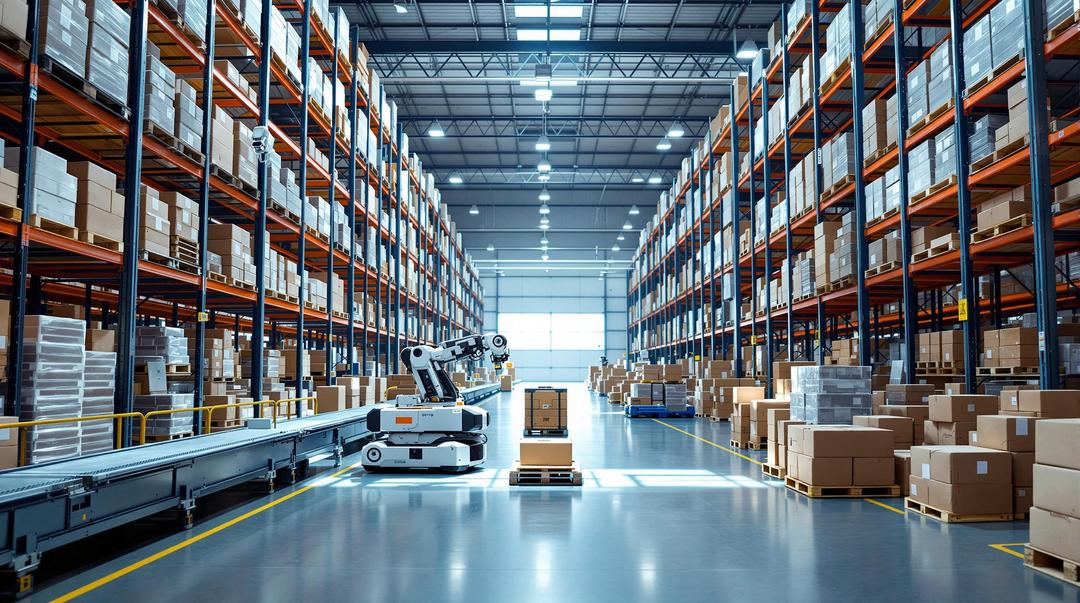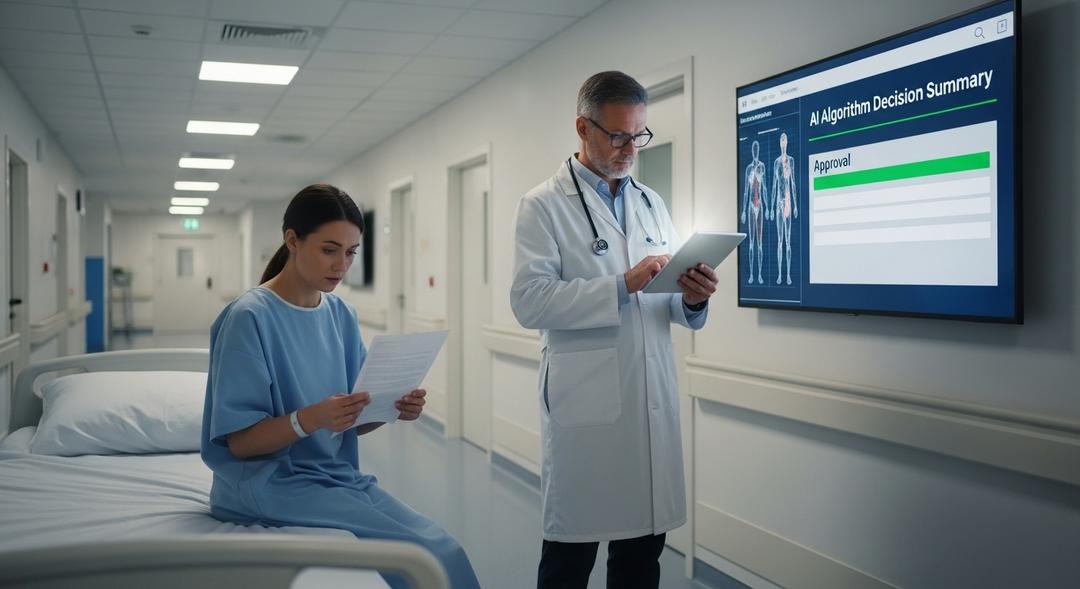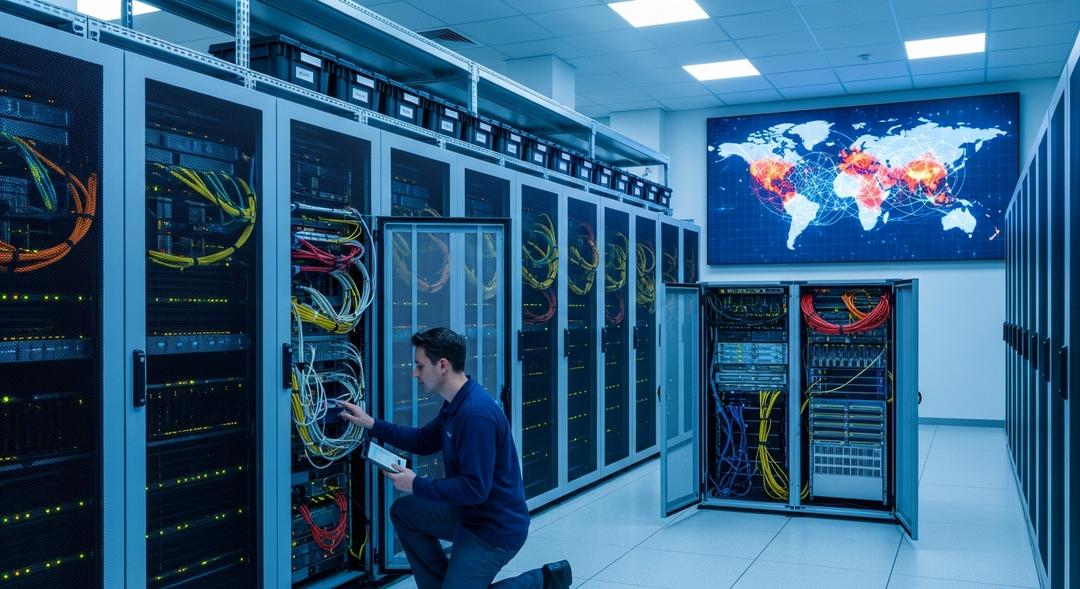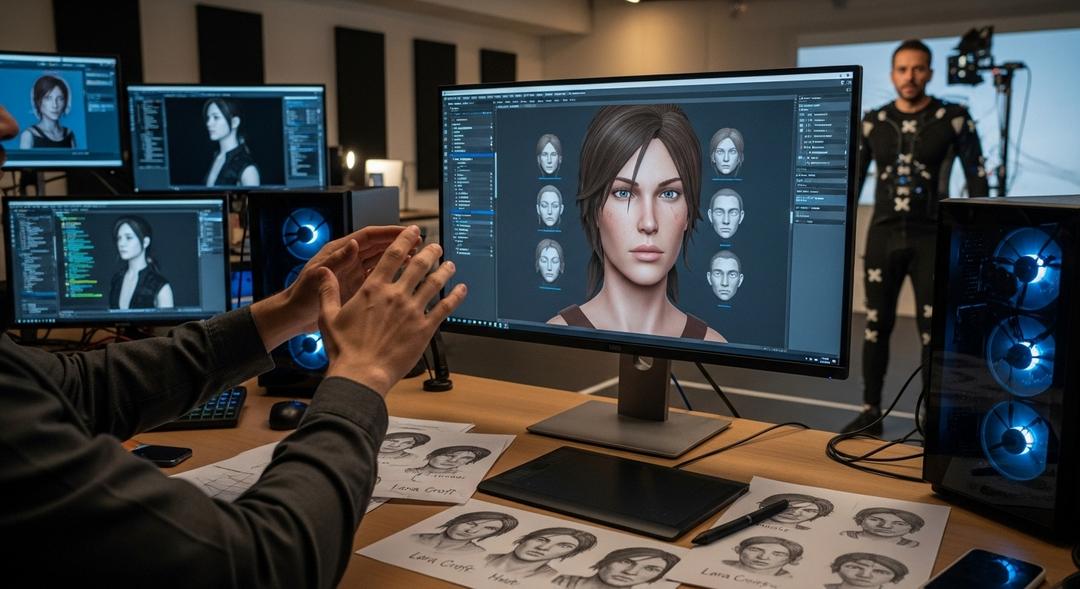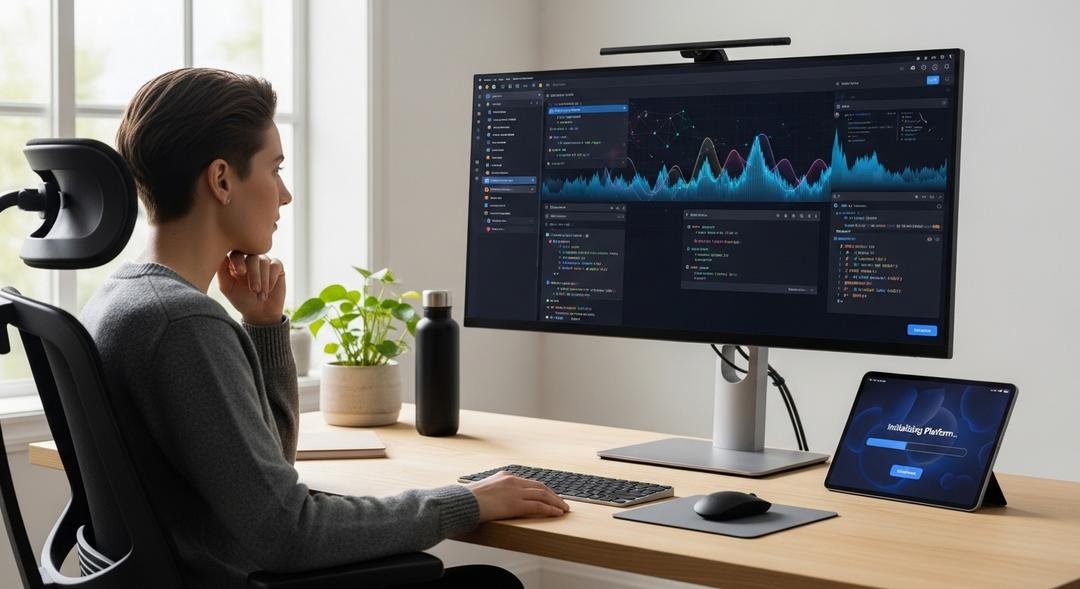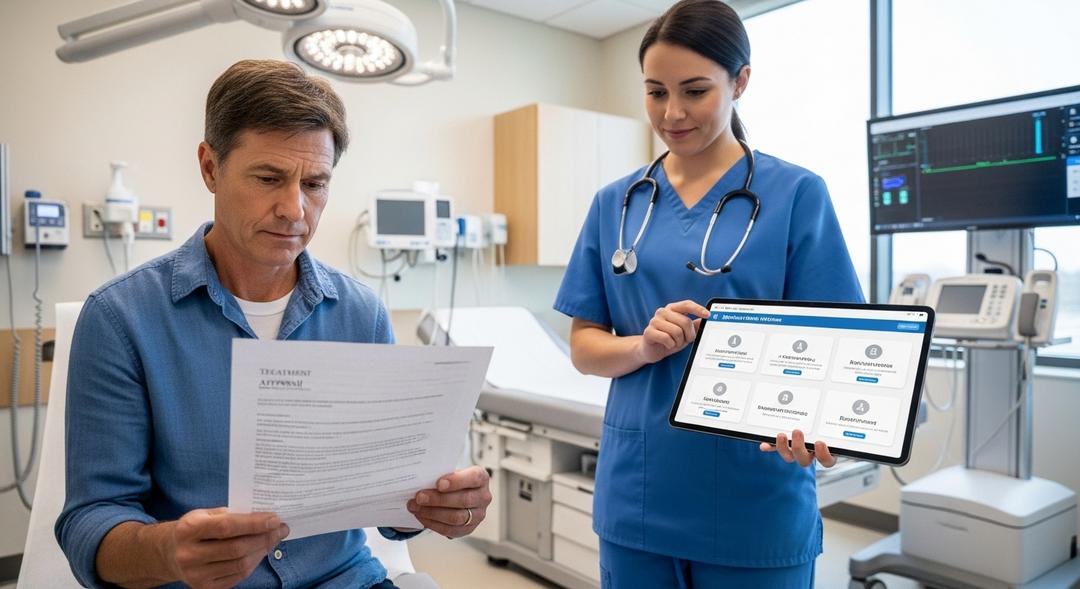A startup is betting that robots could redefine how warehouses handle shipping for some of the country’s biggest brands.
Warp, which launched just three years ago, has already made waves with its connected network of shippers, carriers, and fulfillment hubs. Now, the company is shifting its attention to the interiors of warehouses, convinced that automation could squeeze even more efficiency out of supply chains.
This vision has quickly attracted heavyweight clients such as Walmart, Gopuff, and HelloFresh.
Daniel Sokolovsky, who steers Warp as its chief executive, says the shipping landscape is soaked in inefficiencies. For Warp, true transformation means focusing not on the trucks or local couriers but on the unseen chaos inside warehouses.
Bringing Digital Warehousing to Life
The company’s latest experiment takes shape inside a test site on the outskirts of Los Angeles. Here, Warp deployed cameras throughout the building and harnessed computer vision to create a detailed, digital replica of the entire facility.
That virtual clone became their innovation sandbox. There, Warp’s team found itself constantly asking, what happens if robotic warehouse automation pilot handle this, or if we adjust that?
The team’s first attempts, training new robots to manage pallet jacks, bombed out. Instead, the breakthrough arrived when Warp added its tech upgrades to existing machines. These modified robots finally started to make sense for the pace and complexity Warp needs.
Sokolovsky explains that Warp’s secret is breaking the supply chain puzzle down into tiny, manageable operations that artificial intelligence and robotics can both understand and control. Everything from unloading to arranging and restocking gets an intelligent nudge, with an end goal of getting packages shipped out faster without bringing in more workers.
Troy Lester, who heads commercial operations for Warp, sees this change helping not just Warp, but also independent warehouse partners within its network. Staffing is a glaring headache in nearly every location, and Lester says those labor issues create a window for robots to shine.
The company says its warehouse in Los Angeles now runs without any humans at the controls. From there, Warp aims to bring robotic kits to warehouses in cities like Chicago, Dallas, New Jersey, and Miami.
Warp does not plan to offer its automation suite to other companies or rivals. At least for now, the company sees this as a competitive moat for both itself and its partners.
The journey to all this was powered by a ten million dollar Series A investment, led by Up Partners and Blue Bear Capital.
Warp’s plans remain ambitious, and deployment of these robots to real, working warehouses could begin before the year wraps up. Sokolovsky insists that Warp leads with logistics, not just robotics hype. Over the past several years, he argues, the team has fine-tuned a system that could quietly change how warehouse robots reshape future of work.
